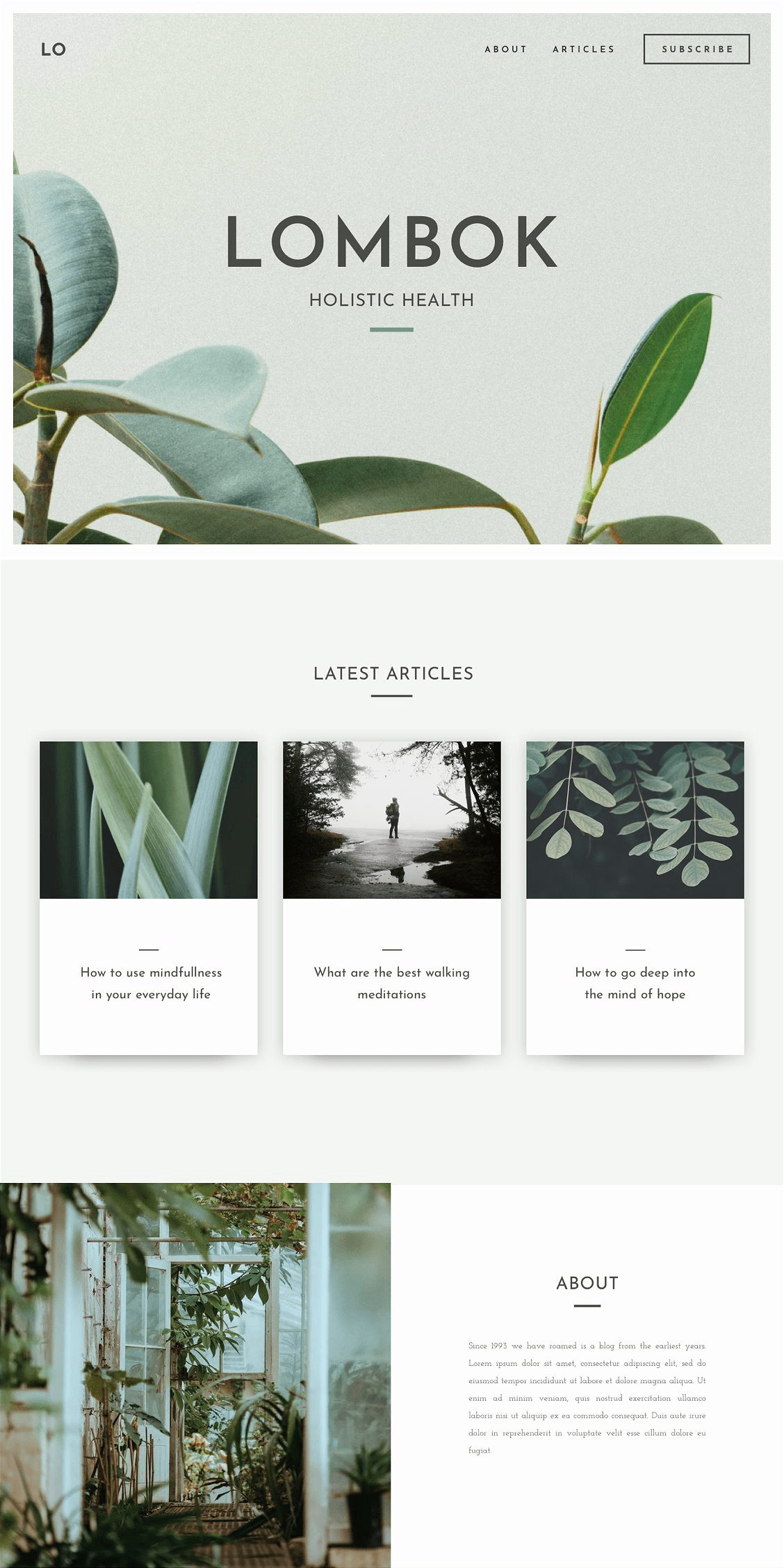Welcome to the world of Behance, where creativity meets opportunity! If you’re an artist, designer, or any type of creative professional, you know how important it is to show off your work in the best light possible. This blog post aims to guide you in maximizing the impact of your projects on Behance. We'll dive deep into what makes a compelling presentation and why it truly matters. Ready to elevate your portfolio? Let’s jump right in!
Understanding the Importance of Presentation

When it comes to showcasing your hard work on platforms like Behance, presentation is everything! You might be thinking, “Why does presentation matter so much?” Well, let’s break it down.
First impressions are crucial. The moment someone lands on your project page, your presentation captures their attention (or loses it!). Here’s why a great presentation is critical:
- Visual Appeal: Humans are visual creatures. A well-organized, eye-catching presentation will draw viewers in and keep them engaged.
- Storytelling: Every project has a story. A thoughtfully constructed presentation helps tell that story effectively, creating an emotional connection with the audience.
- Professionalism: High-quality presentations reflect your professionalism and dedication to your craft, making you stand out in a competitive field.
- Showcasing Skills: A well-presented project allows you to demonstrate not just your end result but also your thought process, creativity, and skills throughout the project.
Let’s also consider some practical aspects of presentation:
| Aspect | Importance |
|---|---|
| Layout | Organized layout helps guide viewers through your project smoothly. |
| Color Palette | Consistent colors can enhance the overall vibe and cohesiveness. |
| Typography | Clear, readable fonts can greatly improve user experience. |
In summary, mastering presentation on Behance not only increases your visibility but also elevates your work to a whole new level. It’s the key to transforming casual browsers into potential clients or collaborators—so let’s make sure you’re ready to make the best impression possible!
Also Read This: How to Change Your Behance Email Address
3. Steps to Effectively Organize Your Projects

Organizing your projects on Behance can make a world of difference in how potential clients or employers perceive your work. So, how do you go about it? Here are some practical steps to get you started:
- Define Your Categories: Start by determining how to categorize your projects. You might group them by type (graphic design, illustration, photography), by industry (fashion, technology), or by mood (minimalist, bold). This makes it easier for viewers to navigate through your portfolio.
- Prioritize Your Best Work: Not every project deserves the spotlight. Choose your best work that reflects your skill and creativity. Put this at the top of your portfolio or in a dedicated section.
- Use Project Tags: Behance allows you to tag your projects, making them easier to find. Use relevant tags to increase visibility. Think about what terms potential clients might search for.
- Create Cohesive Presentations: Each project should tell a story. Use consistent formatting, color schemes, and fonts when presenting. This creates a pocket of familiarity and professionalism.
- Keep Your Descriptions Clear: Include brief descriptions for each project explaining your role, the challenge, and the final outcome. This adds context and demonstrates your thought process.
By following these steps, you'll not only enhance the organization of your projects, but also make it easier for viewers to connect with your work. A well-organized portfolio can significantly boost your chances of landing that dream project or job!
Also Read This: How to Download Files and Projects from Behance
4. Best Practices for Presenting Your Work
Once your projects are organized, it’s time to focus on how to present them effectively on Behance. Here are some best practices to ensure your work stands out:
- High-Quality Images: Always use high-resolution images. Blurry or pixelated photos can detract from your work. Good lighting and clean backgrounds can elevate the presentation.
- Show Progression: Include behind-the-scenes details like sketches, drafts, or mood boards. This gives viewers insight into your creative process and adds depth to your projects.
- Engaging Titles and Descriptions: Create catchy, descriptive titles for your projects. Your descriptions should succinctly narrate the story behind the work, your role, and any specific challenges you overcame.
- Utilize Video Content: If relevant, incorporate short videos or GIFs to showcase your work in action. This can be especially effective for motion graphics or animations.
- Encourage Interaction: Invite viewers to leave comments or ask questions. Engaging with your audience can create a sense of community and can lead to valuable feedback.
By adhering to these best practices, you’ll not only make your work visually appealing, but also create an engaging experience for your audience. Remember, an inviting presentation can significantly impact how your portfolio is perceived in the creative community!
Also Read This: How to Make Files Open on Behance for Viewer Access
5. Utilizing Behance Features to Enhance Your Projects
Behance offers a plethora of features designed to help you showcase your work in the best light possible. Let's dive into some of the key tools and functionalities that can significantly enhance your projects.
- Project Options: When you create a new project, you have the ability to add images, videos, and even sound files. Don’t hesitate to mix media types to keep your audience engaged.
- Covers: Your project cover is the first thing people see. Make it striking! Utilize bold colors or captivating images to act as a visual hook.
- Text Descriptions: Clarity is key. Use clear, concise text descriptions to explain the project. Consider breaking text into bullet points or short paragraphs for easier reading.
- Tags: Don’t forget about tagging! Relevant tags help potential viewers find your project easier and make it more searchable.
- Collections: Use collections to group similar projects together. This helps create a coherent narrative around your work.
By maximizing these features, you can create a more immersive experience for your audience. Engaging presentations can captivate viewers, turning them into fans of your work!
Also Read This: How to Get a Behance API Key: A Step-by-Step Guide for Developers
6. Importance of Feedback and Community Engagement
In the creative world, feedback is like gold – it helps you refine your craft and grow as an artist. Behance’s community is filled with fellow creatives who share valuable insights that can elevate your projects.
- Constructive Criticism: Don’t shy away from feedback. Invite your peers to provide their thoughts and recommendations. You might be surprised at how one piece of advice can enhance your work.
- Networking Opportunities: Engaging with other creatives opens up networking avenues. Commenting on others’ works and reciprocating feedback fosters professional relationships.
- Showcasing Progress: Share your ongoing projects and seek opinions at different stages. This invites your audience into your creative process and cultivates engagement.
- Community Challenges: Participate in Behance challenges. They provide a platform for creative expression, while allowing you to connect and collaborate with like-minded individuals.
In essence, community interaction on Behance not only enhances your skills through feedback but also builds a supportive network that can propel your projects to new heights. Don’t underestimate the power of being a part of a creative community!
Maximize Impact by Organizing and Presenting Your Projects on Behance
Behance is an essential platform for creative professionals and artists to showcase their work, network with peers, and attract potential clients. To maximize your impact on Behance, it is crucial to not only present your projects effectively but also to organize them in a way that tells your unique story. Here are some strategies to enhance your project presentations:
- Create a Strong Project Title: Use a title that is both descriptive and intriguing. Incorporate relevant keywords to improve discoverability.
- Craft a Compelling Project Description: Explain your project’s concept, process, and outcome clearly. Utilize storytelling techniques to draw your audience in.
- High-Quality Visuals: Invest time in ensuring your images are high resolution. Use professional photography or mockups to showcase your work.
- Project Structure: Organize your project into distinct sections including:
| Section | Description |
|---|---|
| Introduction | Provide an overview of the project. |
| Process | Share behind-the-scenes content or sketches to illustrate your creative journey. |
| Final Outcome | Showcase the final product with images and video if possible. |
| Reflection | Discuss what you learned during the project and future plans. |
Engage With Your Audience: Respond to comments, feedback, and inquiries about your work. The more you engage, the more you'll build a community around your projects.
By implementing these strategies to organize and present your projects on Behance, you can effectively maximize the impact of your creative work, thereby attracting more viewers and potential collaborators.
Conclusion: Maximizing your impact on Behance requires thoughtful organization and presentation of your projects, ensuring they resonate with your target audience while showcasing your unique creative voice.
 admin
admin








